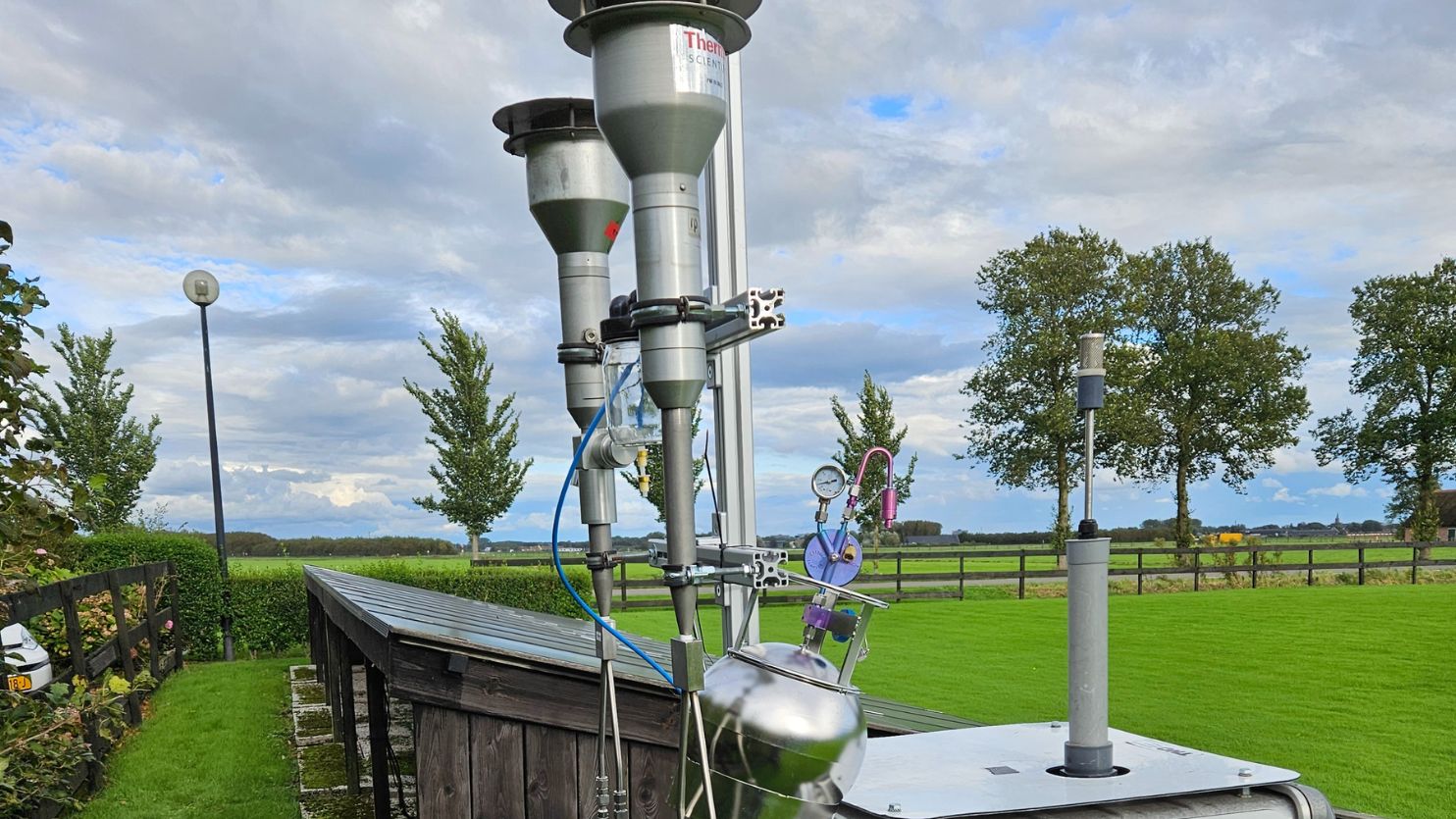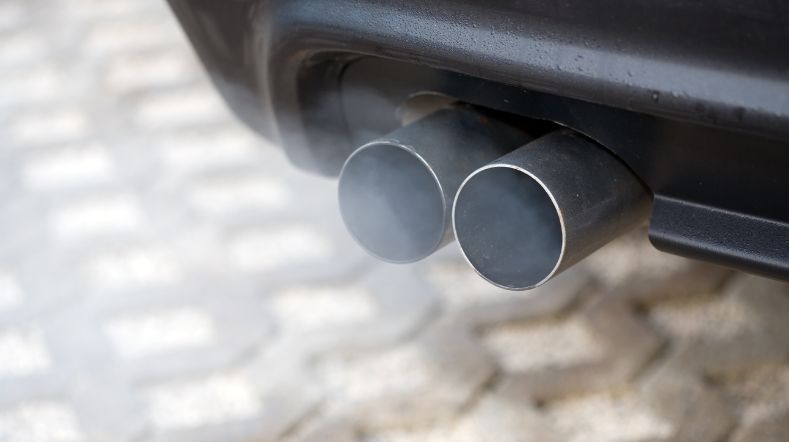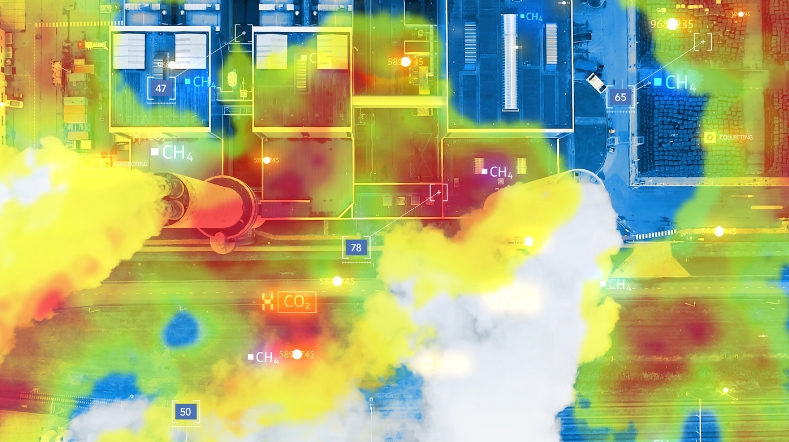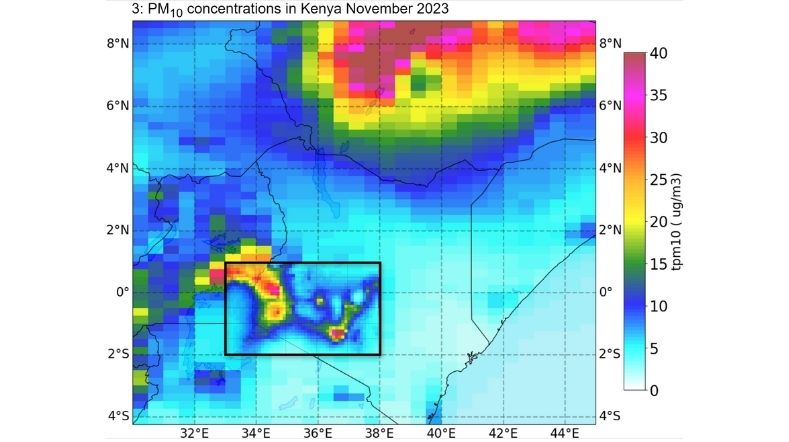
TNO offers insight into air quality around airports
Poor air quality poses health risks. TNO has the knowledge and instrumentation necessary to map air quality. With our Healthy Air Approach, we help airports, companies, provinces and municipalities, among others, to improve air quality. This 5-step plan covers the entire process, from measuring air quality to health impact and evaluating measures. Air quality experts Ties Korstanje and Ruben Goudriaan explain TNO's approach based on a recent air quality study at Leeuwarden Air Base.
Air quality at Leeuwarden Air Base
Often, the first step when looking into air quality is to obtain an overview at a particular place where there are concerns. TNO did this around Leeuwarden Air Base in autumn 2023 on behalf of the air base's COVM Air Quality Working Group. The measurements were prompted by complaints from local residents about the smell of kerosene and health concerns.
"We looked at particulate matter, ultrafine particulate matter and a variety of other substances that can affect health, such as NOx. We did this at different times, to get as broad a picture as possible: during the international Frisian Flag exercise with many flight movements of the new F35s (peak load), but also during general exercise days (normal) and at weekends when there was no air traffic (background measurement). We previously measured at this spot in 2016 during the Open Air Force Days, when F16s were flying around", Korstanje says.

Aircraft create peak ultrafine particulate matter levels
All measured concentrations were within the standards and similar to those measured in 2016. A small contribution from aircraft is visible for NOx, but the concentration itself remains well below the limit value.
Ultrafine particulate matter is more strongly related to aircraft movements. For ultrafine particulate matter, there is no limit value yet. However, the measured values during peak times come close to the advisory value that is in place.
If you look at the annual or other averages, the concentrations measured are not a cause for concern. Exposure studies are therefore not necessary here. By comparison, values for NOx and ultrafine particulate matter are significantly higher in a city. We hope to allay some of the concerns with our measurements, and we appear to be successful", Korstanje stresses.
Overseeing the entire process
Parties can turn to TNO if they have similar air quality concerns. These are mostly companies, local residents or municipalities, for example, with questions about a particular source, or who want to know about the state of air quality and its impact on health. We have developed a 5-step plan for this.
“We see what the situation looks like, what measurements are needed and then set up a measurement campaign in which we map air quality. If this shows that the measured concentrations of particulate matter, among other things, raise health concerns, a more extensive exposure study will follow", explains Ties Korstanje.
"In it, we try to establish what the elevated concentrations mean for residents of the area. We don’t just look at air quality, but also, for example, at whether it’s a place where many people congregate. We furthermore try to understand which sources contribute, by combining measurements at specific locations with models. That way, we also get a picture of concentrations in spatial terms.
Solutions can then be sought – relating to changes companies and/or policymakers can make to reduce the impact on health. For example, they could do something about emissions at the source. But in the case of traffic, the exposure probability can also be reduced, for example, by separating car and bicycle traffic.
Every situation we assess is different. Some questions relate to a single source, but we also get questions about districts in which a variety of sources play a role. The common denominator is that we expose the entire pathway, from source to impact of exposure and possible measures against it, and find where the potential for action lies", Ruben Goudriaan adds.
Connecting to the Clean Air Agreement
"With our unique approach, we assist all kinds of parties – municipalities, provinces and companies as well as airports and the shipping industry – throughout the entire process, from the beginning (measuring concentration) to the end (evaluating measures). After all, the impact is all about measures, and understanding is the first step", says Korstanje.
"We’ve noticed that the Clean Air Agreement, in which the national government, provinces and a large number of municipalities aim to achieve a health gain of at least 50 per cent by 2030 compared to 2016, is raising the focus on air quality. We are happy to help parties with that", Goudriaan concludes.
Would you like to know more?
Want to know more about our 5-step plan around air quality? Or maybe we can help with a local problem?
Get inspired
Environmental DNA: TNO charts a new course for biodiversity monitoring


An innovative view on particulate matter


Tracking sources of greenhouse gases with satellites


This is our time: Eleonie van Schreven’s work on small satellites with a big impact


ATACH selects TNO model for climate-related health risks in Kenya



